Home>Construction & Tools>Building Materials>What Type Of Brick Is Used To Build A House
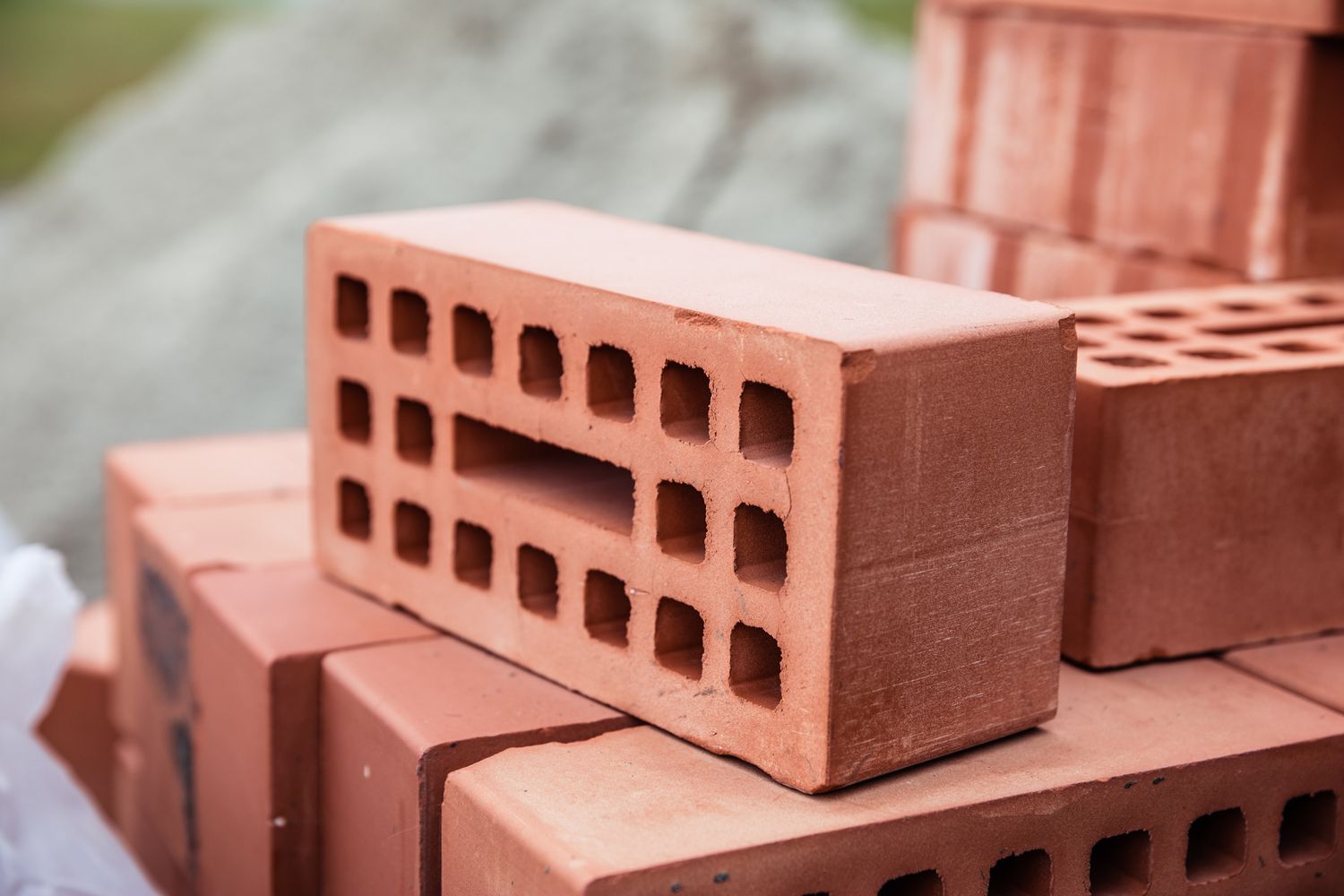

Building Materials
What Type Of Brick Is Used To Build A House
Modified: October 19, 2024
Discover the best building materials for your house, including the ideal type of brick for construction. Learn about the different options available and make an informed choice.
(Many of the links in this article redirect to a specific reviewed product. Your purchase of these products through affiliate links helps to generate commission for Storables.com, at no extra cost. Learn more)
Introduction
Bricks have been a fundamental building material for centuries, shaping the architectural landscape and providing durable structures that stand the test of time. When it comes to building a house, the type of brick used plays a crucial role in determining the strength, aesthetics, and overall quality of the construction. Understanding the different types of bricks available and their suitability for various applications is essential for homeowners, builders, and architects alike.
In this comprehensive guide, we will delve into the world of bricks used in house construction, exploring the characteristics, advantages, and considerations associated with each type. From traditional clay bricks to specialized fire-resistant and engineering bricks, we will uncover the unique properties that make each variety suitable for specific building requirements.
By gaining insight into the diverse range of bricks available, individuals involved in house construction can make informed decisions that align with their project goals. Whether it's achieving a timeless, rustic charm with clay bricks or harnessing the strength and versatility of concrete bricks, the choice of brick type significantly influences the structural integrity and visual appeal of a house.
Join us on this exploration of bricks, where we will unravel the intricacies of each type and equip you with the knowledge needed to make well-informed decisions when embarking on a house construction journey. Let's embark on this enlightening journey through the world of bricks and discover the key factors to consider when selecting the ideal bricks for your dream home.
Key Takeaways:
- Choose the right bricks for your house based on strength, aesthetics, and environmental impact. From timeless clay to versatile concrete, each type offers unique benefits for creating enduring, energy-efficient, and visually captivating homes.
- Consider structural, aesthetic, environmental, and functional factors when selecting bricks for your house. From thermal insulation to weather resistance, make informed decisions to create structurally sound, visually captivating, and sustainable residential buildings.
Read more: What Type Of Paint To Use On Brick
Common Types of Bricks
When it comes to building a house, the choice of bricks is a critical decision that significantly impacts the structural integrity and aesthetic appeal of the construction. Understanding the common types of bricks available is essential for making informed choices that align with specific project requirements. Let's explore the diverse range of bricks commonly used in house construction:
Clay Bricks
Clay bricks, known for their timeless appeal and natural earthy tones, have been a staple in construction for centuries. These bricks are made from clay that is molded and fired in kilns, resulting in sturdy and durable units. Clay bricks are renowned for their excellent thermal insulation properties, making them ideal for maintaining comfortable indoor temperatures. Additionally, their ability to withstand harsh weather conditions and resist fading over time contributes to their enduring popularity in house construction.
Concrete Bricks
Concrete bricks, crafted from a mixture of cement, sand, and aggregates, offer exceptional strength and versatility. These bricks are manufactured through a process of compression and curing, resulting in robust units that are well-suited for load-bearing applications. Concrete bricks are available in a variety of finishes and can be customized to mimic the appearance of natural stone or traditional clay bricks. Their durability and resistance to moisture make them a popular choice for house construction projects in diverse climates.
Fire Bricks
Fire bricks, also known as refractory bricks, are specially designed to withstand high temperatures, making them essential for constructing fireplaces, chimneys, and other heat-intensive structures within a house. These bricks are manufactured using refractory ceramic materials that enable them to endure extreme heat without cracking or deteriorating. The ability of fire bricks to provide reliable thermal insulation and resist thermal shock makes them indispensable for ensuring the safety and longevity of fire-exposed elements in a house.
Read more: How To Build A Brick Wall For A House
Engineering Bricks
Engineering bricks are engineered to deliver exceptional strength and durability, making them suitable for demanding structural applications in house construction. These bricks are characterized by their high compressive strength and low water absorption, rendering them resilient against frost damage and efflorescence. Engineering bricks are commonly used in below-ground construction, such as foundations and retaining walls, where robustness and resistance to moisture ingress are paramount.
As we delve into the unique properties and applications of each type of brick, it becomes evident that the choice of bricks significantly influences the performance and visual appeal of a house. By understanding the distinct characteristics of common brick types, individuals involved in house construction can make informed decisions that align with their project goals and environmental considerations.
Clay Bricks
Clay bricks have long been revered for their timeless appeal and exceptional durability, making them a popular choice for house construction. These bricks are crafted from natural clay, which is molded into shape and then fired in kilns at high temperatures. The result is a robust and resilient building material that offers a myriad of benefits for residential construction projects.
One of the most notable advantages of clay bricks is their excellent thermal insulation properties. These bricks effectively regulate indoor temperatures, helping to maintain a comfortable and energy-efficient living environment. By minimizing heat transfer, clay bricks contribute to reduced reliance on heating and cooling systems, thereby enhancing the sustainability of a house.
In addition to their thermal insulation capabilities, clay bricks exhibit remarkable resistance to harsh weather conditions. Whether facing intense sunlight, heavy rain, or freezing temperatures, clay bricks maintain their structural integrity and aesthetic appeal over time. Their natural earthy tones do not fade easily, ensuring that the facade of a house retains its visual allure for years to come.
Furthermore, the manufacturing process of clay bricks involves minimal environmental impact, as it relies on natural clay and kiln firing techniques. This aligns with the growing emphasis on sustainable building practices, making clay bricks an eco-friendly choice for environmentally conscious homeowners and builders.
The versatility of clay bricks is another compelling aspect, as they can be used to create a wide range of architectural styles, from traditional to contemporary designs. Whether adorning the exterior walls, accentuating interior features, or forming charming pathways and patios, clay bricks lend a timeless elegance to residential spaces.
In summary, clay bricks stand as a testament to the enduring appeal and practical advantages of natural building materials. Their exceptional thermal insulation, weather resistance, sustainability, and aesthetic versatility make them a compelling choice for house construction projects. By harnessing the inherent qualities of clay bricks, homeowners and builders can create enduring, energy-efficient, and visually captivating homes that stand as a testament to the timeless allure of this age-old building material.
Concrete Bricks
Concrete bricks, a versatile and robust building material, have gained widespread popularity in house construction due to their exceptional strength and durability. These bricks are manufactured from a blend of cement, sand, and aggregates, which are compressed and cured to create solid units that offer a myriad of benefits for residential building projects.
One of the key advantages of concrete bricks lies in their remarkable strength, making them well-suited for load-bearing applications. Their solid composition and high compressive strength enable them to withstand heavy structural loads, contributing to the overall stability and longevity of a house. This inherent strength makes concrete bricks an ideal choice for constructing exterior walls, foundations, and other critical structural elements.
In addition to their robustness, concrete bricks exhibit excellent resistance to moisture, making them particularly suitable for regions with varying climatic conditions. Unlike traditional clay bricks, concrete bricks are less susceptible to water damage and efflorescence, ensuring that the integrity of the building remains uncompromised even in humid or rainy environments. This resistance to moisture also contributes to the longevity of the construction, reducing the need for frequent maintenance and repairs.
Furthermore, concrete bricks offer a high degree of design flexibility, allowing for a diverse range of finishes and textures to be achieved. Whether seeking a modern, industrial aesthetic or a refined, textured appearance, concrete bricks can be customized to meet specific architectural preferences. Additionally, their uniform shape and size facilitate precise installation, resulting in a polished and cohesive exterior finish for residential structures.
From a sustainability standpoint, concrete bricks present an eco-friendly option, as they can be manufactured using recycled materials and contribute to energy efficiency within a house. Their thermal mass properties enable them to regulate indoor temperatures, reducing the reliance on heating and cooling systems and enhancing overall energy conservation.
In summary, concrete bricks stand as a testament to the enduring appeal and practical advantages of modern building materials. Their exceptional strength, moisture resistance, design versatility, and sustainability make them a compelling choice for house construction projects. By harnessing the inherent qualities of concrete bricks, homeowners and builders can create enduring, resilient, and visually striking homes that embody the strength and adaptability of this contemporary building material.
Fire Bricks
Fire bricks, also known as refractory bricks, are a specialized type of brick designed to withstand exceptionally high temperatures, making them indispensable for constructing fireplaces, chimneys, and other heat-intensive structures within a house. These bricks are manufactured using refractory ceramic materials that enable them to endure extreme heat without cracking or deteriorating. The unique composition and properties of fire bricks make them essential for ensuring the safety and longevity of fire-exposed elements in residential settings.
One of the defining characteristics of fire bricks is their exceptional thermal resistance. These bricks are engineered to withstand temperatures far beyond the capability of standard clay or concrete bricks. This makes them ideal for lining fireboxes and creating fireproof enclosures, where exposure to intense heat is a constant factor. The ability of fire bricks to provide reliable thermal insulation and resist thermal shock ensures the structural integrity of fireplaces and chimneys, safeguarding the surrounding areas from heat-related damage.
In addition to their remarkable heat resistance, fire bricks exhibit minimal thermal conductivity, meaning they effectively contain and reflect heat, preventing it from permeating through the walls and posing a risk to adjacent combustible materials. This property is crucial for maintaining a safe and controlled environment within fireplaces and other heat-bearing structures, reducing the likelihood of heat-related accidents and enhancing overall fire safety in residential settings.
Furthermore, fire bricks offer exceptional durability, with the capacity to withstand prolonged exposure to high temperatures without compromising their structural integrity. This longevity ensures that fire bricks remain a reliable and long-lasting solution for fireproofing critical elements within a house, providing homeowners with peace of mind regarding the safety and resilience of their residential structures.
In summary, fire bricks stand as a testament to the specialized nature and critical role of refractory materials in house construction. Their exceptional thermal resistance, minimal thermal conductivity, and durability make them an indispensable choice for creating fireproof enclosures and heat-bearing structures within residential settings. By harnessing the unique properties of fire bricks, homeowners and builders can ensure the safety, longevity, and reliability of fire-exposed elements in their homes, creating a secure and resilient living environment.
Read more: What Type Of Paint For Brick Fireplace
Engineering Bricks
Engineering bricks are a vital component in house construction, renowned for their exceptional strength, durability, and resilience against adverse environmental conditions. These specialized bricks are engineered to deliver unparalleled performance in demanding structural applications, making them an indispensable choice for critical elements within residential buildings.
One of the defining characteristics of engineering bricks is their high compressive strength, which far exceeds that of traditional clay or concrete bricks. This robustness enables engineering bricks to withstand heavy loads and intense pressure, making them ideal for use in below-ground construction, such as foundations, retaining walls, and ground-bearing slabs. Their ability to endure substantial vertical and horizontal forces ensures the stability and longevity of the structural elements, contributing to the overall integrity of a house.
In addition to their impressive strength, engineering bricks exhibit minimal water absorption, rendering them highly resistant to frost damage and efflorescence. This property is particularly advantageous for below-ground applications, where exposure to moisture and fluctuating environmental conditions can compromise the structural stability of conventional bricks. By mitigating the risk of water ingress and subsequent deterioration, engineering bricks provide a reliable solution for maintaining the structural integrity of residential foundations and retaining walls.
Furthermore, engineering bricks are characterized by their uniform dimensions and precise edges, facilitating accurate and seamless construction. Their consistent size and shape allow for tight jointing and uniform load distribution, resulting in a polished and cohesive finish for below-ground structures. This precision in construction contributes to the overall aesthetic appeal and structural soundness of residential buildings, reflecting the meticulous attention to detail inherent in engineering brick applications.
From a sustainability perspective, engineering bricks offer long-term durability and resilience, reducing the need for frequent maintenance and replacement. Their ability to withstand harsh environmental conditions and resist water damage ensures that the structural elements remain robust and intact over time, minimizing the environmental impact associated with premature material degradation.
In summary, engineering bricks stand as a testament to the exceptional strength, durability, and precision required for below-ground construction in residential settings. Their high compressive strength, minimal water absorption, uniform dimensions, and long-term resilience make them an indispensable choice for critical structural elements within houses. By harnessing the unique properties of engineering bricks, homeowners and builders can ensure the stability, longevity, and structural integrity of below-ground constructions, creating a solid foundation for enduring residential structures.
Specialized Bricks for House Construction
In addition to the common types of bricks used in house construction, there are specialized bricks that cater to specific structural and functional requirements, offering unique properties that address distinct challenges within residential buildings.
Perforated Bricks
Perforated bricks, characterized by a series of holes or perforations running through their structure, are designed to enhance ventilation and moisture management within a house. These bricks facilitate the circulation of air, reducing the risk of condensation and dampness in wall cavities. By promoting airflow, perforated bricks contribute to the overall health and longevity of a house by mitigating the potential for mold growth and moisture-related structural issues.
Bullnose Bricks
Bullnose bricks feature a rounded edge on one or more sides, offering a smooth and curved finish that is ideal for creating decorative elements and protective edges within residential structures. These specialized bricks are commonly used for window sills, steps, and corners, providing a visually appealing and safe transition between different architectural features. The rounded profile of bullnose bricks adds a touch of elegance and functionality to the exterior and interior design of a house.
Read more: What Type Of Paint To Whitewash Brick
Jamb Bricks
Jamb bricks, also known as "closers," are specifically designed to fill the gaps in door and window openings, ensuring a secure and insulated fit for frames and casings. These bricks are tailored to accommodate the dimensions of standard door and window frames, providing a seamless integration that enhances the structural integrity and thermal performance of residential openings. Jamb bricks play a crucial role in creating airtight and weather-resistant enclosures, contributing to energy efficiency and comfort within a house.
Capping Bricks
Capping bricks, featuring a flat and smooth top surface, are utilized to provide a protective and visually appealing finish to walls, parapets, and garden retaining structures. These bricks serve as durable caps that shield the underlying masonry from weathering and water ingress, preventing potential damage and enhancing the longevity of the construction. Additionally, capping bricks add a refined and cohesive touch to the architectural aesthetics of a house, creating a polished and harmonious exterior appearance.
Coping Bricks
Coping bricks, designed with a sloped or chamfered profile, are employed to cap free-standing walls, boundary parapets, and garden features, offering a functional and aesthetically pleasing solution for edge protection and water runoff. The sloped design of coping bricks directs rainwater away from the underlying structure, preventing moisture-related deterioration and ensuring the structural integrity of walls and parapets. Furthermore, coping bricks contribute to the architectural character of a house, adding a distinctive and protective element to outdoor spaces.
Incorporating specialized bricks into house construction allows for tailored solutions that address specific functional and design requirements, enhancing the performance, aesthetics, and longevity of residential structures. By leveraging the unique properties of these specialized bricks, homeowners and builders can achieve customized and resilient architectural elements that contribute to the overall quality and character of a house.
Factors to Consider When Choosing Bricks
When embarking on a house construction project, selecting the most suitable bricks is a pivotal decision that influences the structural integrity, aesthetic appeal, and long-term performance of the building. Several key factors should be carefully considered to ensure that the chosen bricks align with the specific requirements and objectives of the project.
Read more: Why Doesn’t America Build Brick Houses
1. Structural Requirements
The intended use of the bricks within the construction, such as load-bearing walls, decorative facades, or specialized features, dictates the structural characteristics required. Factors such as compressive strength, durability, and resistance to environmental elements should be evaluated to ensure that the chosen bricks meet the structural demands of the building.
2. Aesthetic Considerations
The visual impact of the bricks plays a significant role in defining the architectural style and overall appeal of the house. Factors such as color, texture, size, and finish should be carefully assessed to harmonize with the desired design aesthetic, complementing the surrounding landscape and architectural elements.
3. Thermal Performance
The thermal properties of bricks directly impact the energy efficiency and comfort of a house. Evaluating the thermal conductivity and insulation capabilities of the bricks is crucial for optimizing indoor temperature regulation and reducing reliance on heating and cooling systems, contributing to sustainable and cost-effective living environments.
4. Environmental Sustainability
Considering the environmental impact of the chosen bricks is essential for promoting sustainable building practices. Assessing factors such as the use of natural materials, manufacturing processes, recyclability, and longevity aids in selecting eco-friendly bricks that align with environmental conservation goals.
Read more: What Type Of Bricks For A Pizza Oven
5. Weather Resistance
The ability of bricks to withstand varying weather conditions, including exposure to sunlight, moisture, and freeze-thaw cycles, is critical for ensuring the long-term durability and maintenance of the building. Assessing the weather resistance properties of bricks is essential for mitigating potential deterioration and preserving the structural integrity of the construction.
6. Cost and Longevity
Balancing the initial cost of the bricks with their long-term durability and maintenance requirements is crucial for optimizing the overall value of the construction. Evaluating the life cycle cost, maintenance needs, and expected longevity of the bricks aids in making informed decisions that align with budgetary considerations and long-term investment goals.
7. Building Codes and Regulations
Adhering to local building codes, regulations, and industry standards is imperative when selecting bricks for house construction. Ensuring that the chosen bricks meet the prescribed safety, performance, and environmental requirements is essential for compliance and the overall quality of the building.
By meticulously evaluating these factors and their alignment with the specific needs of the project, homeowners, builders, and architects can make informed decisions when choosing bricks for house construction. This comprehensive consideration contributes to the creation of structurally sound, visually captivating, and sustainable residential buildings that stand as a testament to the thoughtful selection of bricks.
Conclusion
In conclusion, the choice of bricks in house construction is a multifaceted decision that encompasses structural, aesthetic, environmental, and functional considerations. Each type of brick, from the timeless appeal of clay bricks to the robust versatility of concrete bricks, offers unique properties that cater to specific building requirements. The specialized nature of fire bricks and engineering bricks further underscores the diverse range of options available to homeowners, builders, and architects.
By understanding the distinct characteristics and applications of each type of brick, individuals involved in house construction can make informed decisions that align with their project goals and environmental considerations. The thermal insulation, weather resistance, sustainability, and aesthetic versatility of clay bricks make them a compelling choice for creating enduring, energy-efficient, and visually captivating homes. On the other hand, the exceptional strength, moisture resistance, design flexibility, and sustainability of concrete bricks position them as a modern and resilient building material for residential structures.
The specialized nature of fire bricks and engineering bricks further underscores the diverse range of options available to homeowners, builders, and architects. Fire bricks provide essential thermal resistance and durability for fire-exposed elements, ensuring the safety and longevity of heat-intensive structures within residential settings. Engineering bricks, with their high compressive strength, minimal water absorption, and precision in construction, offer a reliable solution for critical structural elements within houses, particularly in below-ground applications.
Moreover, the incorporation of specialized bricks, such as perforated bricks, bullnose bricks, jamb bricks, capping bricks, and coping bricks, allows for tailored solutions that address specific functional and design requirements, enhancing the performance, aesthetics, and longevity of residential structures.
When choosing bricks for house construction, careful consideration of structural requirements, aesthetic preferences, thermal performance, environmental sustainability, weather resistance, cost, longevity, and compliance with building codes and regulations is essential. By meticulously evaluating these factors, homeowners, builders, and architects can make informed decisions that contribute to the creation of structurally sound, visually captivating, and sustainable residential buildings.
In essence, the world of bricks offers a rich tapestry of options, each with its own story to tell and role to play in shaping the houses we call home. By embracing the diversity and inherent qualities of bricks, we pave the way for enduring, resilient, and visually striking homes that stand as a testament to the timeless allure and practical advantages of these age-old building materials.
Frequently Asked Questions about What Type Of Brick Is Used To Build A House
Was this page helpful?
At Storables.com, we guarantee accurate and reliable information. Our content, validated by Expert Board Contributors, is crafted following stringent Editorial Policies. We're committed to providing you with well-researched, expert-backed insights for all your informational needs.

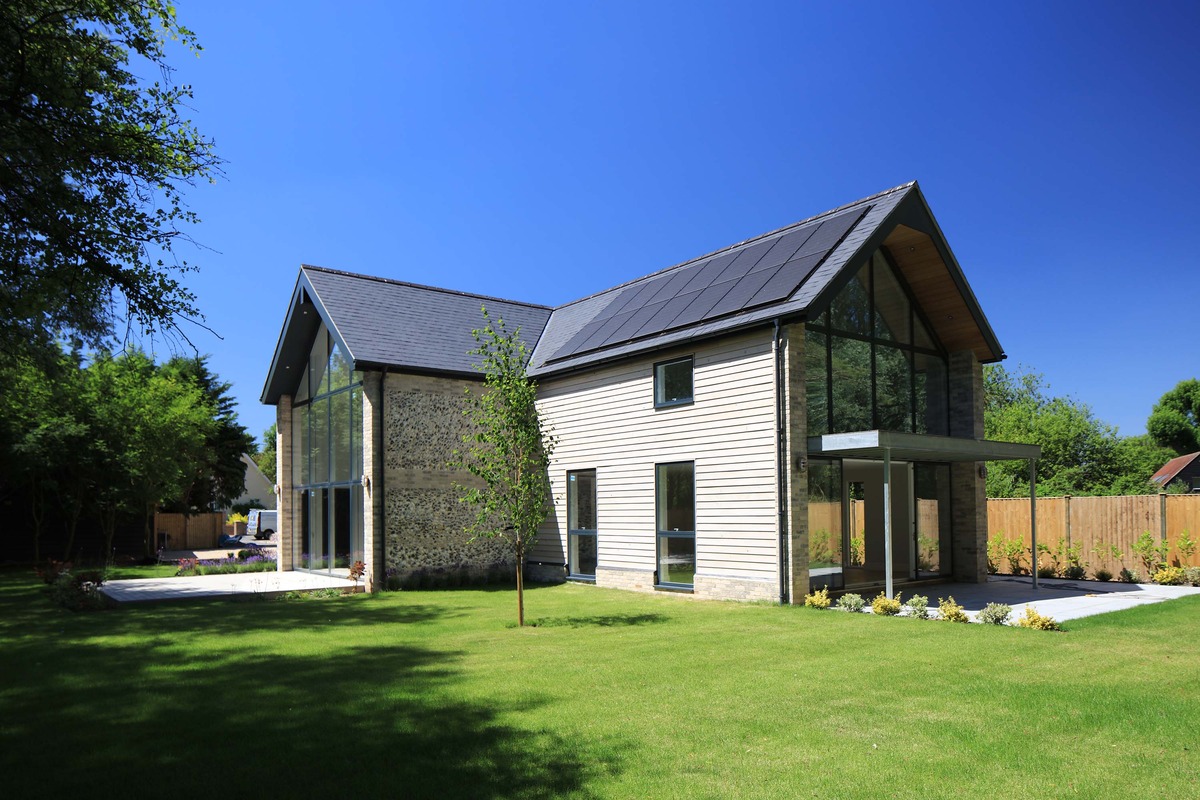
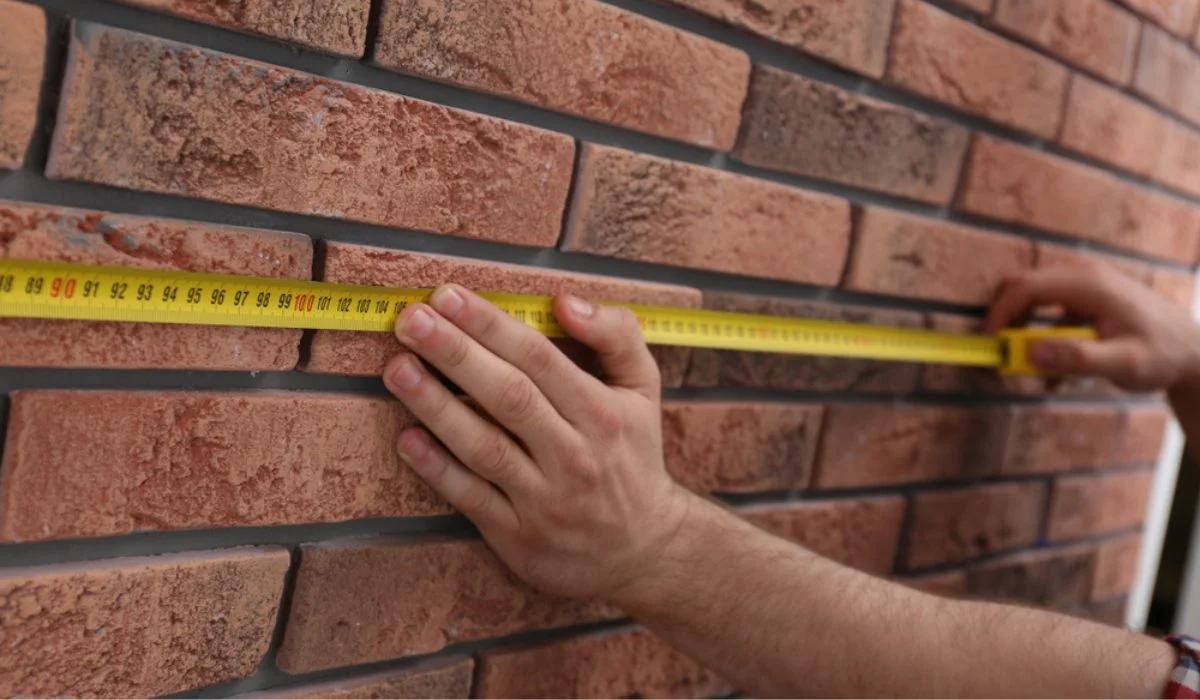
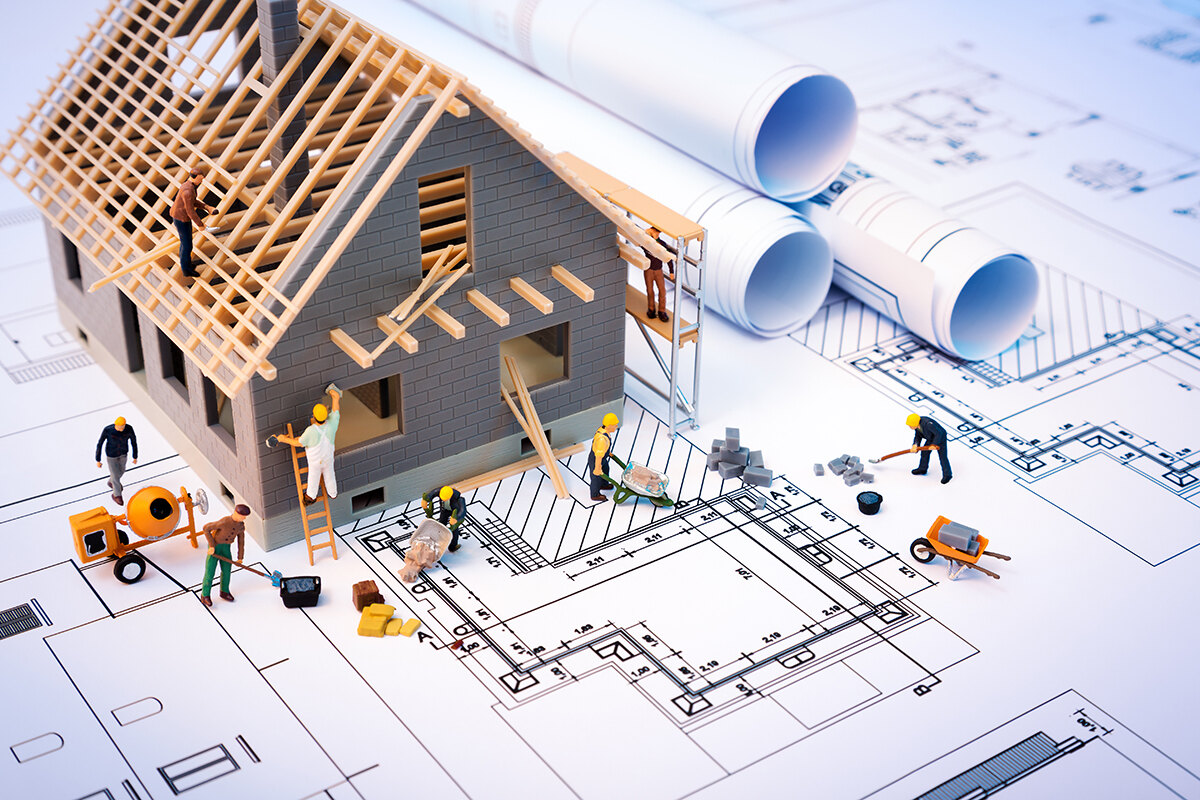
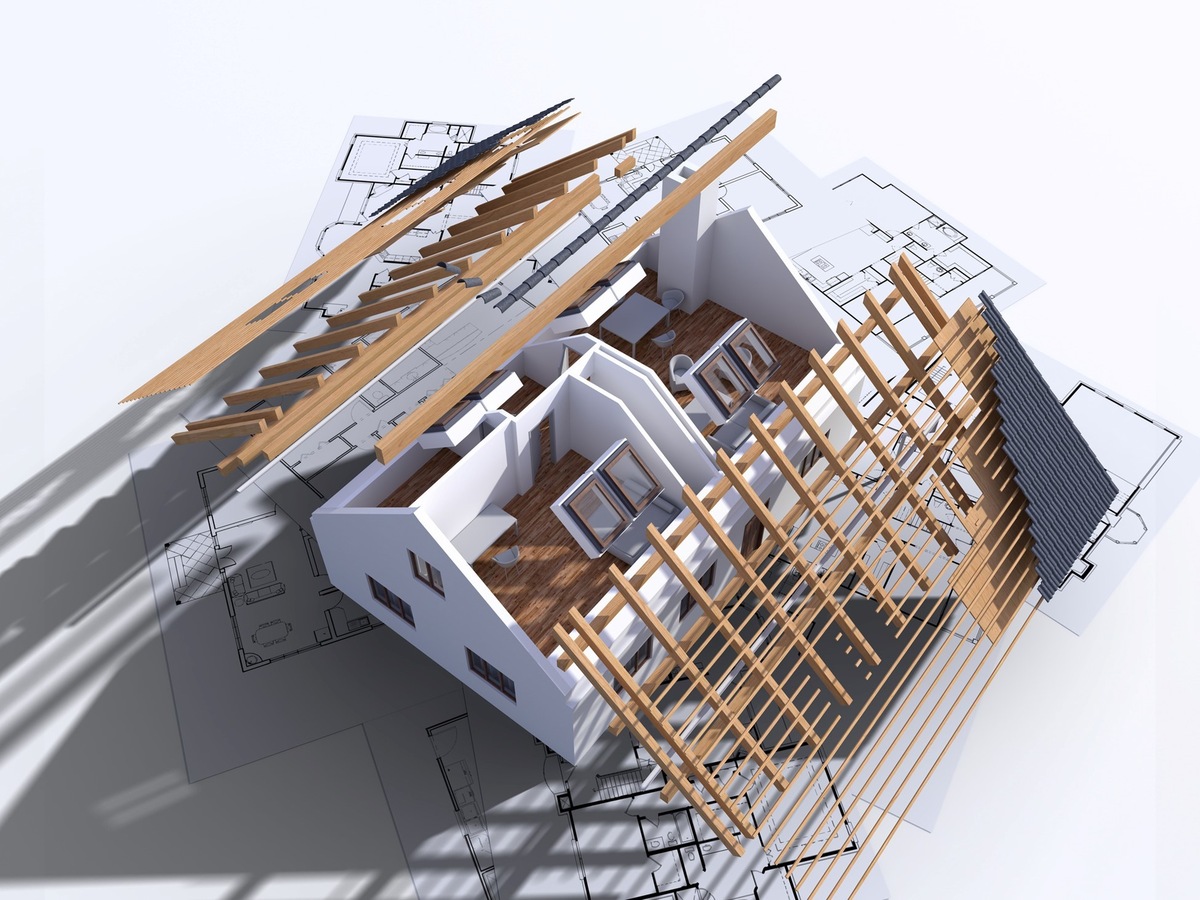
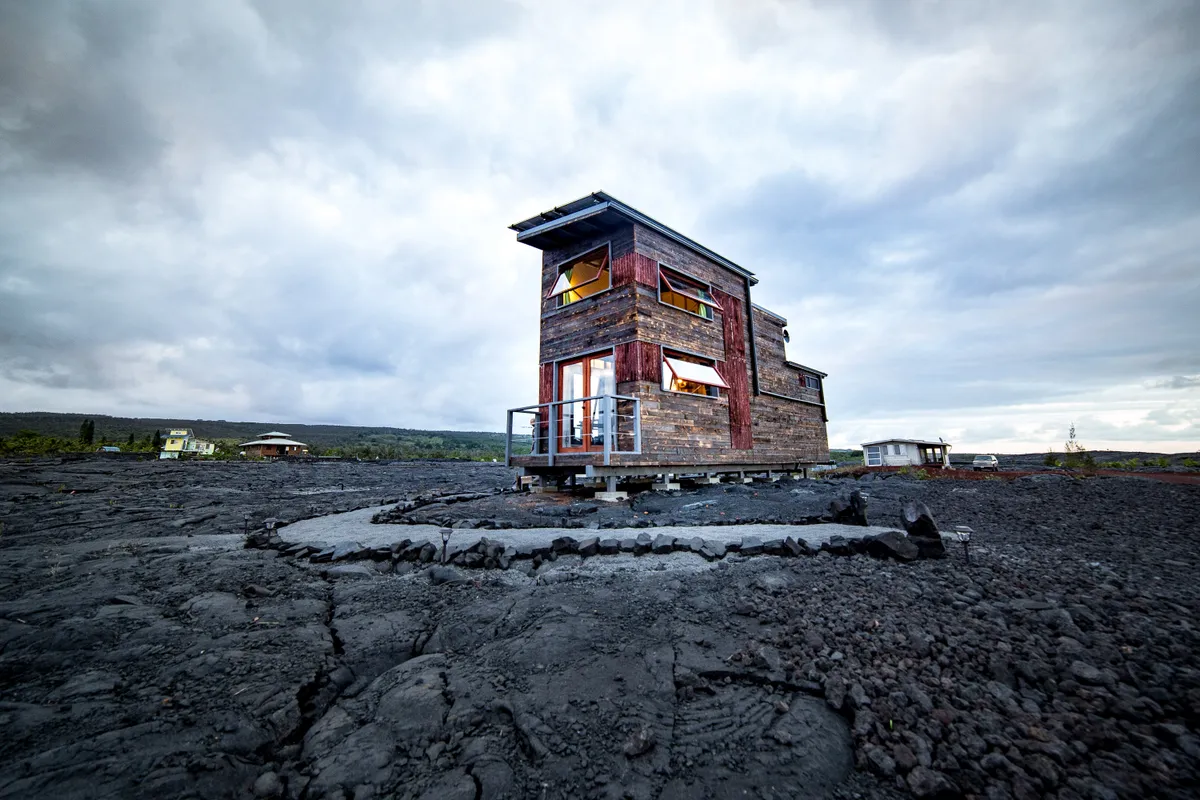
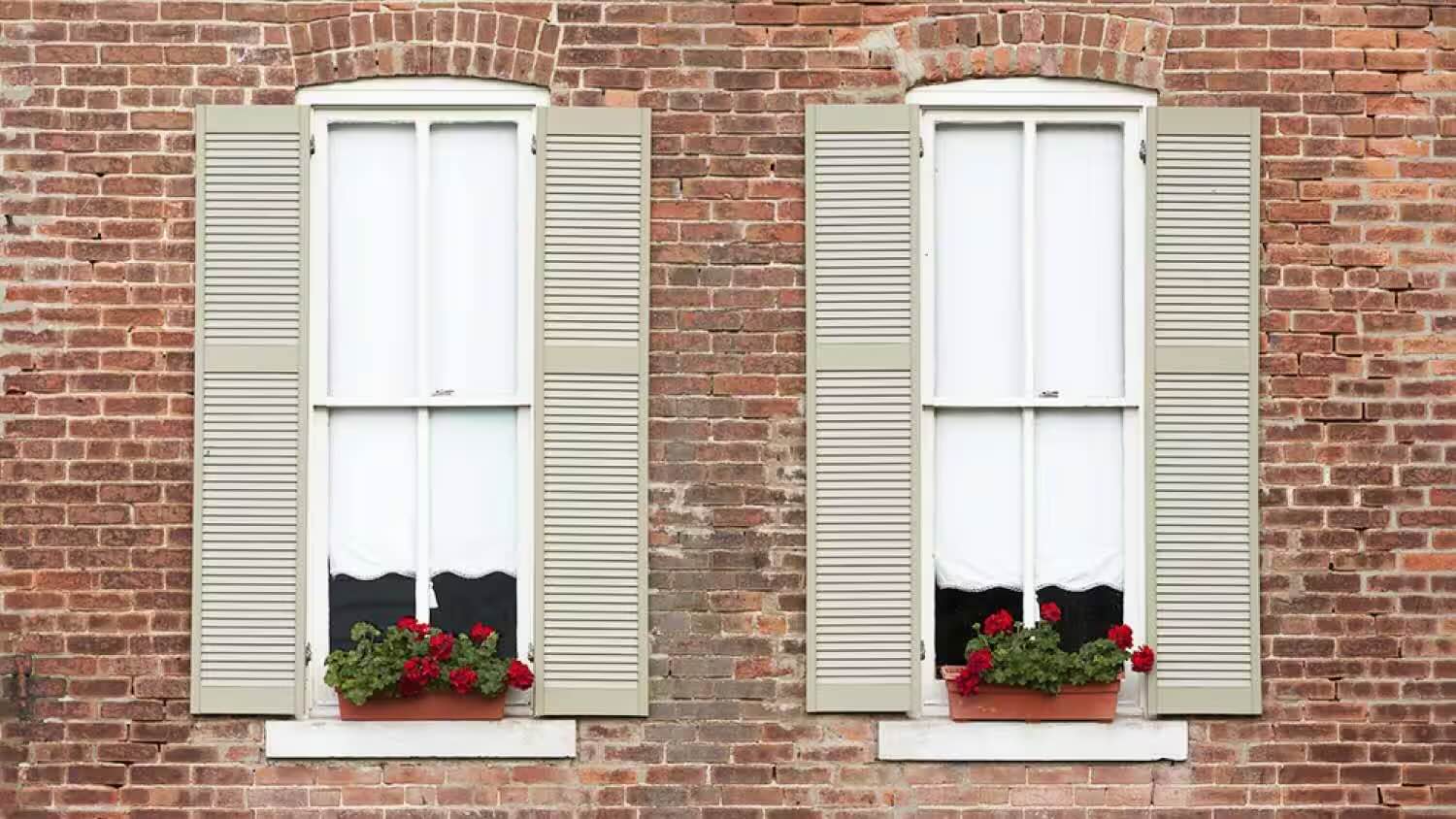
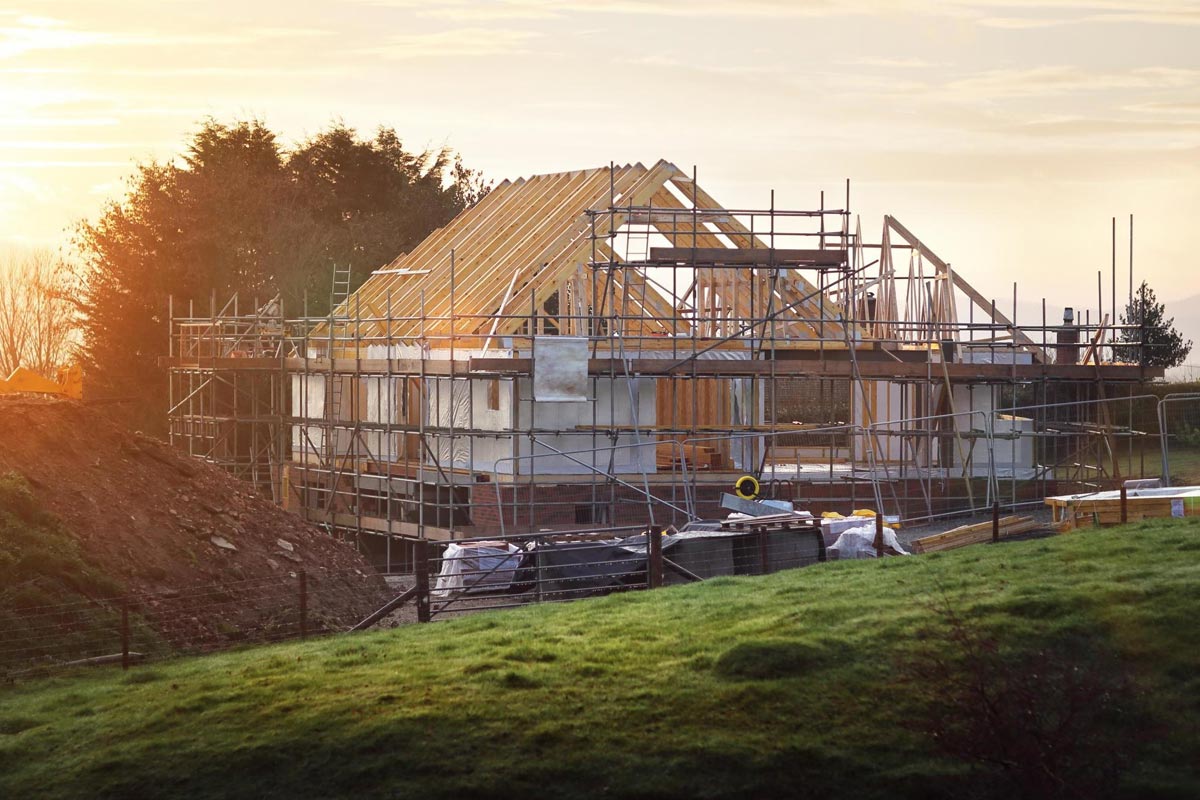
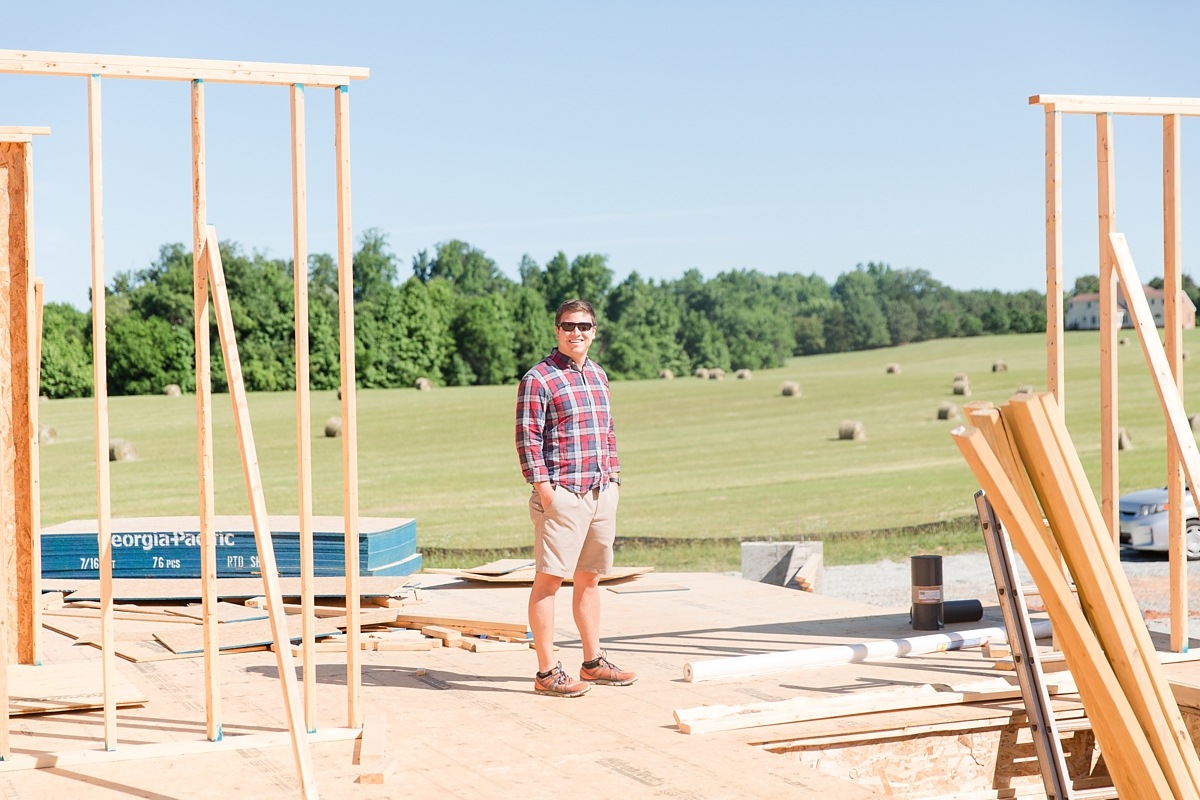


0 thoughts on “What Type Of Brick Is Used To Build A House”